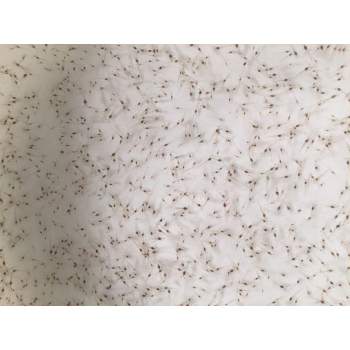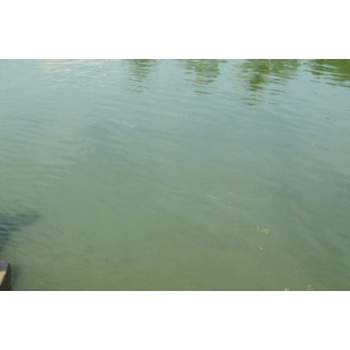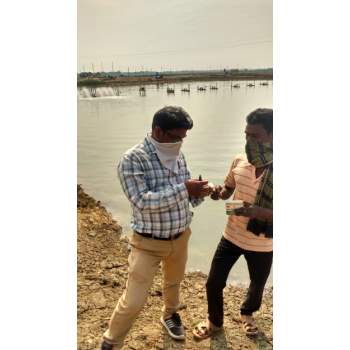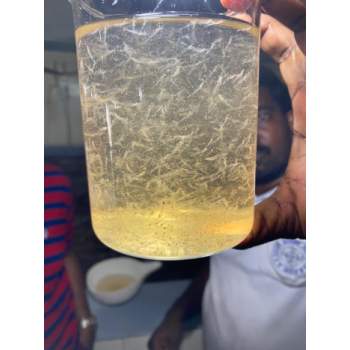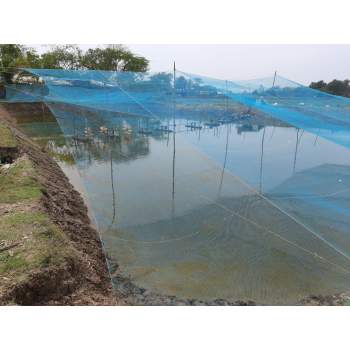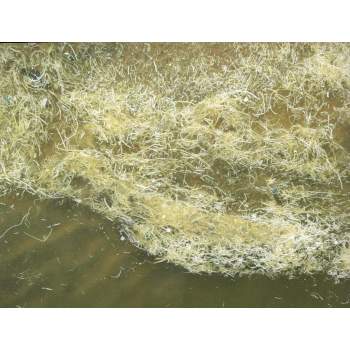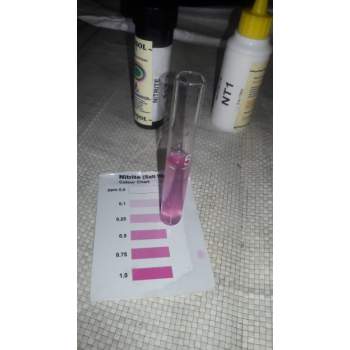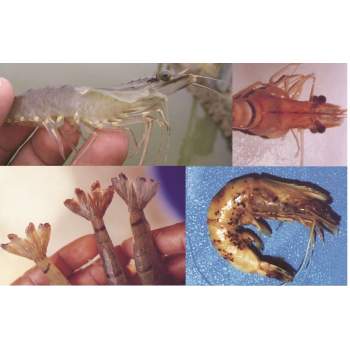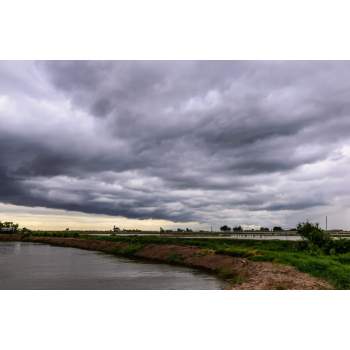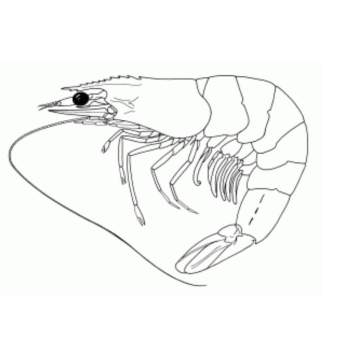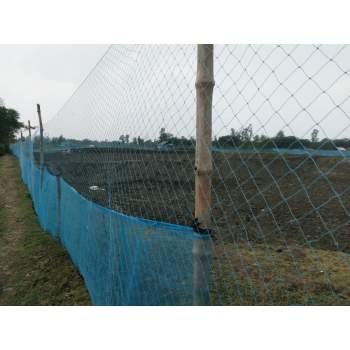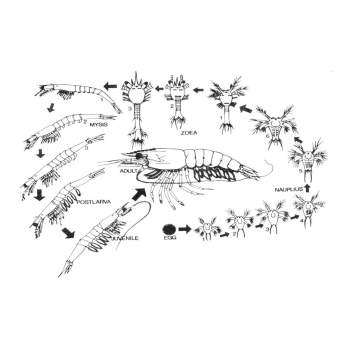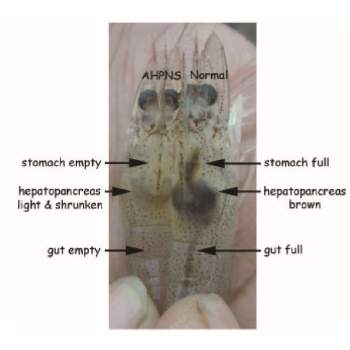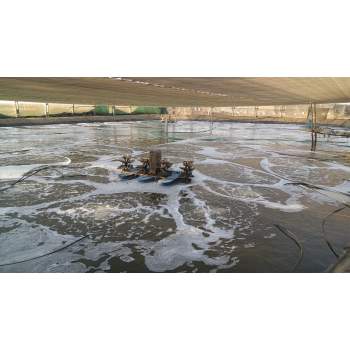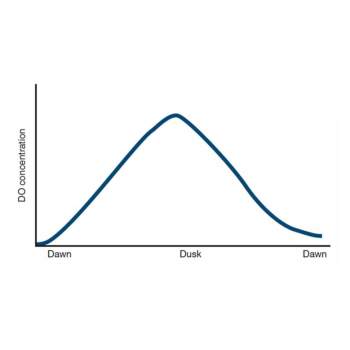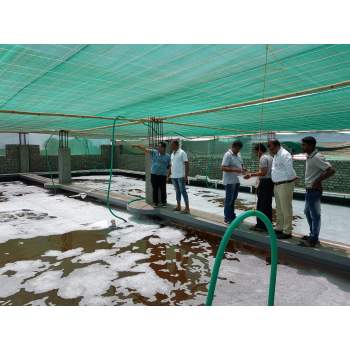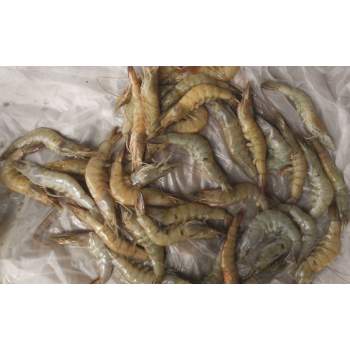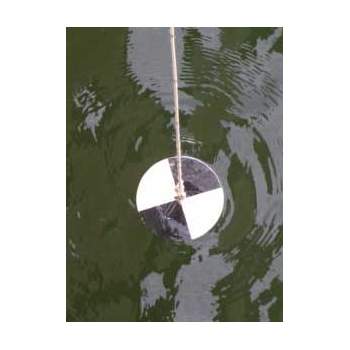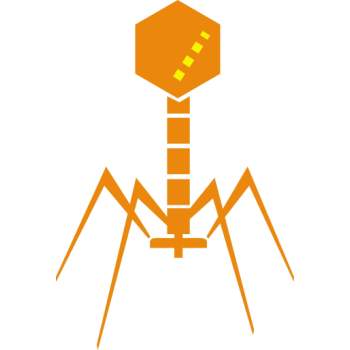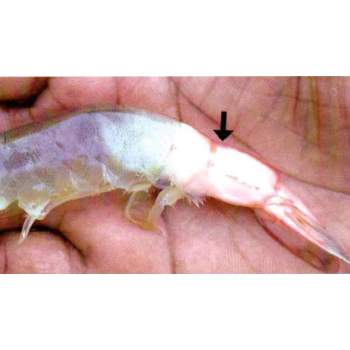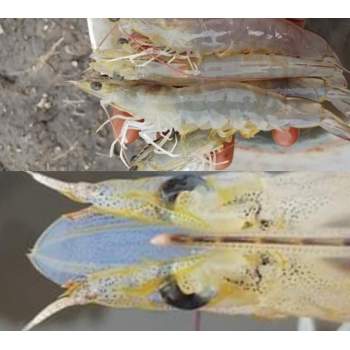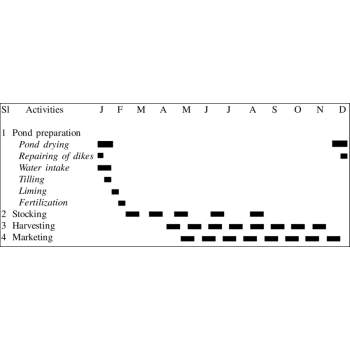Black gills, black gill syndrome, black gill disease, or melanization of the gills is symptomatic of several causes of gills disease. Shrimp Black Gill Disease has been one of the most frequent shrimp farming problems and caused many deaths, especially in the late rearing period. There are infectious and noninfectious causes of black gill disease. Infectious causes include Fusarium solani, Vibrios, and Lagenophrys, while noninfectious causes include nutrient deficiencies and exposure to pollutants and contaminants.
A number of abiotic and biotic reasons have been attributed to the black gill in shrimps. Presence of excessive levels of toxic substances such as nitrite, ammonia, heavy metals, crude oils etc. in the culture water may lead to black gill disease. High organic load, heavy siltation and reducing conditions in rearing pond can also cause this disease in shrimps. Attack of certain bacterial, fungal and protozoan pathogens can also cause black gill condition in shrimp.
Causes:
Black gills in shrimp can be caused by several things.
- Accumulation of debris in gills: This is usually associated with poor pond bottom conditions. Lack of proper preparation of the pond before stocking, large amounts of black soil, lack of aeration, irregular water change during rearing, and organic contaminants, and nutrtional deficiency could trigger the disease.
- Some fungal species including Fusarium solani, Aspergillus flavus, and A. awamori causes disease. This disease is epizootic and can cause mass mortalities. In infected shrimp, the gills have a very dark, deep black colour.
- In the initial stages of this disease, the gills turn orange-yellow or light brown. Eventually, the gills turn darker until they are black. Vibrio-related diseases spread rapidly. Bacterial agents including Vibrio harveyi and Photobacterium damselae were reported to cause black gill syndrome.
Symptoms:
- Affected shrimps have gills with brown to black discoloration, in acute cases necrosis and atrophy of the gill lamellae may be apparent. The blackening is due to the deposition of melanin at sites of massive haemocyte accumulation, followed by dysfunction and destruction of whole gill processes.
- Shrimp comes to surface in spite of sufficient dissolved oxygen in the water
- Mortality in severe cases
Prevention:
- Absolute control over feeding is very important in preventing black gill.
- Use good quality probiotics at regular intervals with optimum dosages. This helps in reducing the organic load and toxins in the pond.
- Controlling water colour and preventing excessive blooms during culture prevents algae crash and accumulation of organic matter in the pond.
- Provide sufficient aeration to the ponds.
Remedies:
Treatment of the black gill disease depends upon the cause of the disease.
- Preventive or corrective measure may be adopted to avoid or reduce the biotic / abiotic factors in the rearing pond to control the disease condition.
- If noticed black gill in some shrimps, suggested to change the water more often and also provide more aerators.
- Reduce feeding till water quality improves.
- Apply good quality oxygen enhancers daily till complete recovery.
- Use probiotics to clean the ponds and absorb toxic gases.
- Addition of agricultural lime (CaCO3) according to the pH concentration is also recommended.
